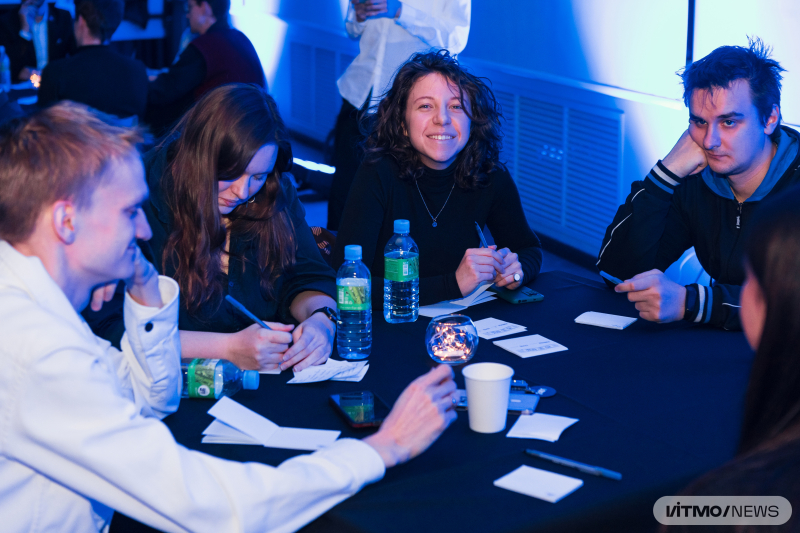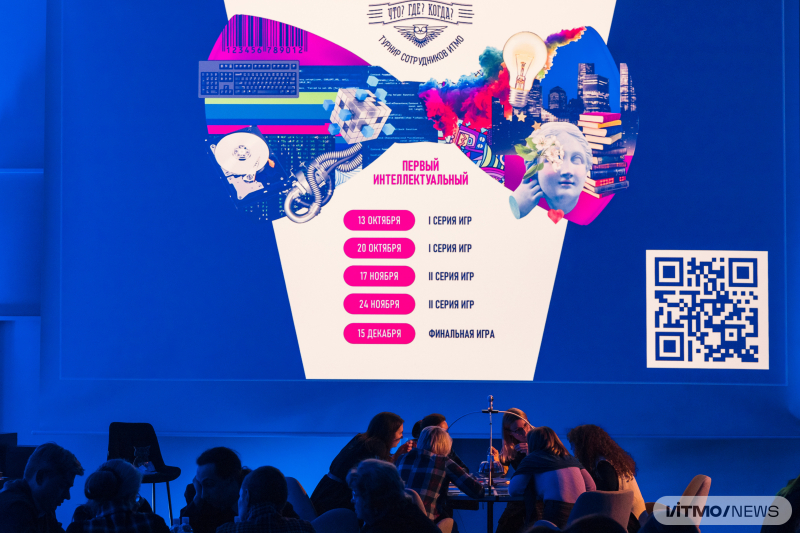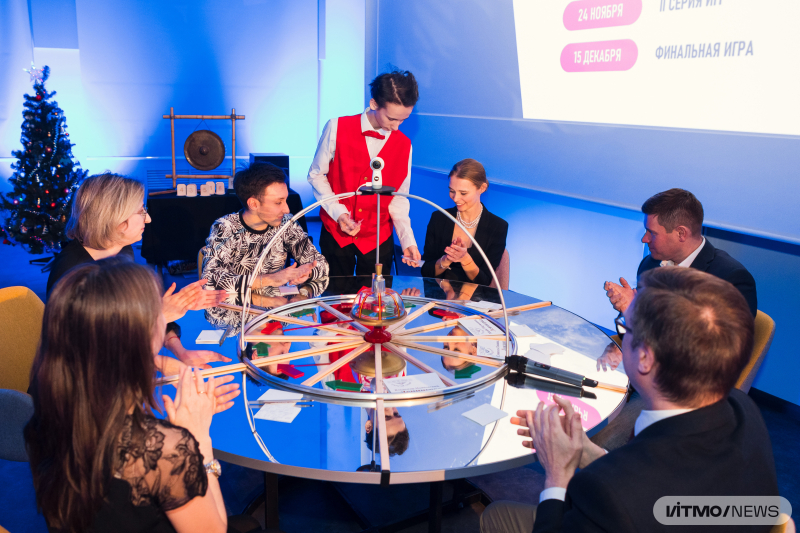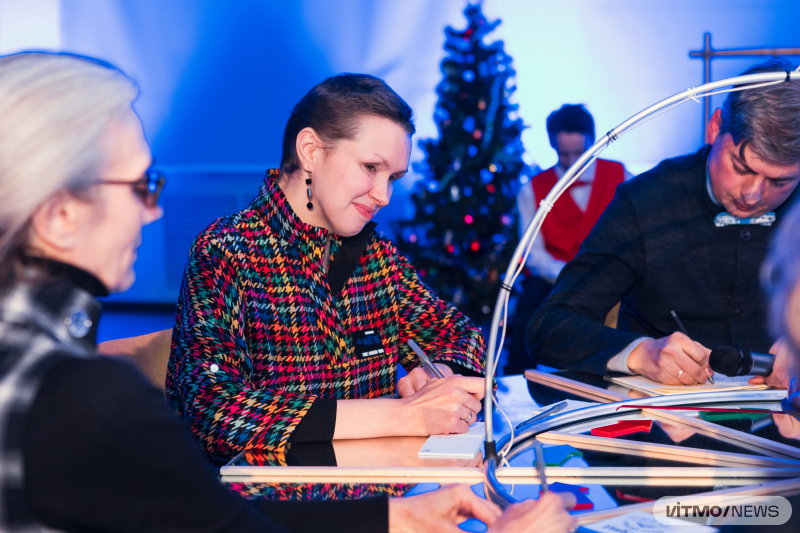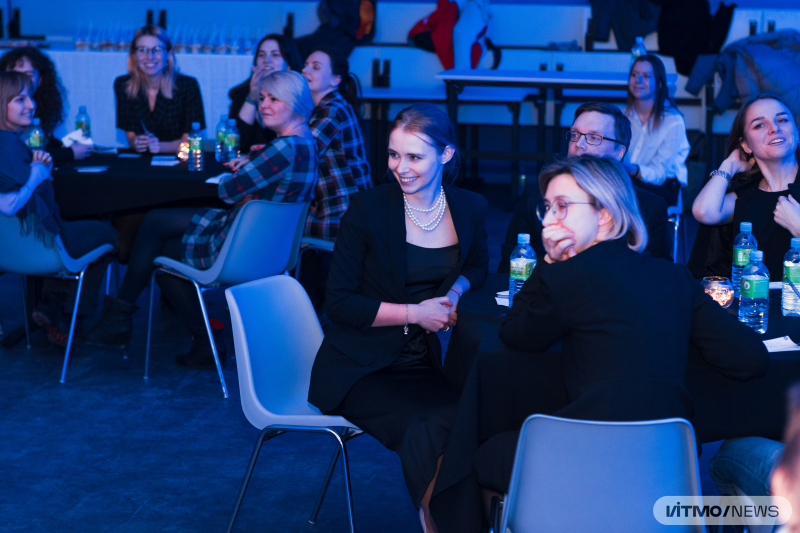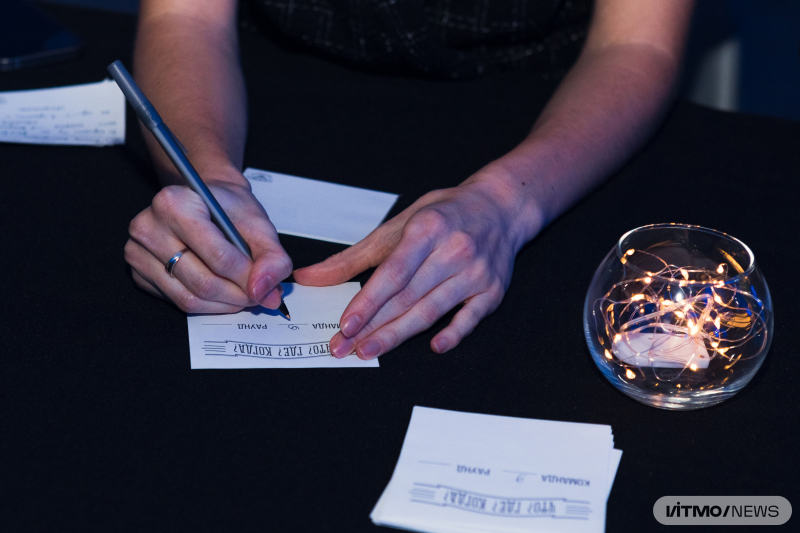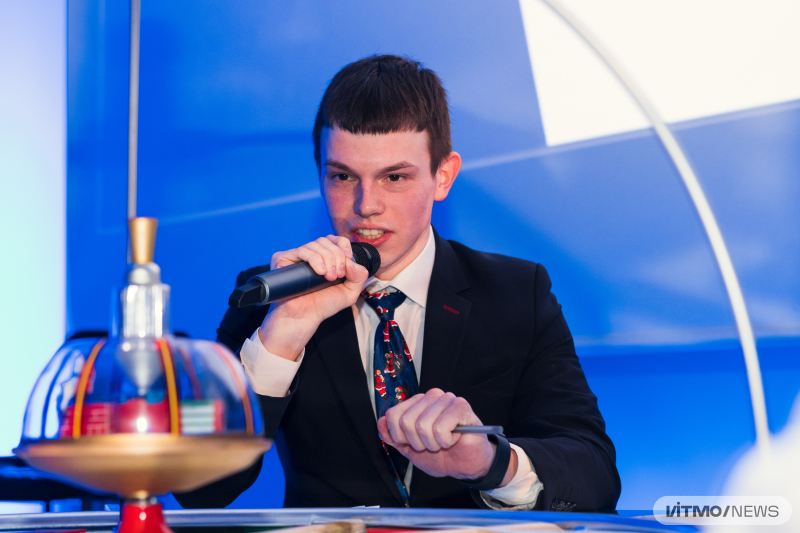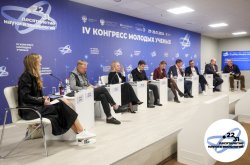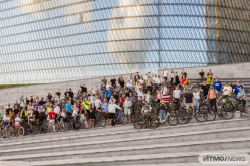What? Where? When? is a popular intellectual game show loved by generations of Russian people. At ITMO, it was held according to the canon rules as established in 1989: the players have exactly one minute to find the answer to a question suggested by the audience, using their knowledge and logic. Each correct answer earns the team one point, while each mistake grants one point to the audience.
Among the changes introduced into the traditional format were different team lineups: in the first two games, players assembled their own teams, but afterwards, they were randomly assigned teammates. Only the best teams proceeded to the finals.
“Above all, we wanted to bring together members of the university’s departments, giving them the chance to get to know each other, to communicate, regardless of their roles at ITMO. What better way to do it than in a game of What? Where? When?, which places a great emphasis on the team. It’s only by building on each other’s ideas and not just following the captain’s lead that the toughest questions can be cracked,” explained Ekaterina Stenina, an organizer of the event and a manager at ITMO’s Recruiting and Internal Communications Center.
Unsurprisingly, perhaps, the organizers saw great success in this endeavor: the games did indeed bring together young researchers, students, and lecturers, some of whom have been fans of the game since it first aired on TV. For some, it was their first experience actually playing the game; for others, like PhD Alena Ivanova, these were more familiar waters.
“I played my first competitive game at 11, so I have 21 years’ worth of experience, which, naturally, came in very handy at the tournament. As the competition neared its end, the questions got harder and much more interesting to analyze. I really enjoyed playing as a team: everyone had their say and that’s what counts, even when we didn’t get to the right answer,” shared Alena Ivanova, a researcher at the Laboratory for Quantum Communications.
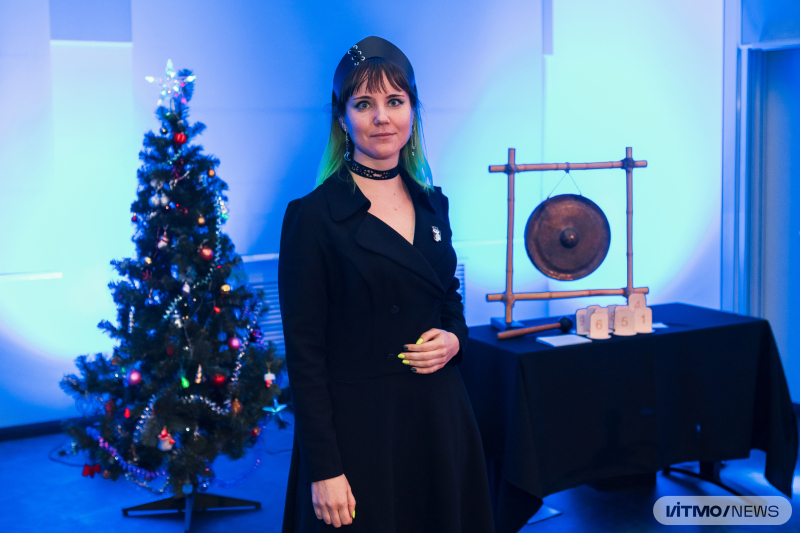
Alena Ivanova. Photo by Dmitry Grigoryev, ITMO.NEWS
Overall, the tournament included two game series and a workshop, bringing together 200 ITMO employees, with nine teams proceeding to the finals, which took place on December 15. The winning team was captained by Aleksei Lizunov, advisor to ITMO University’s First Vice Rector, and included administrator at ITMO Library Alexander Lukov, lead managers Maria Dedovets and Arkadiia Savchenko, head of the School of Life Sciences Ilya Kuftiryov, and manager Daria Kushnereva.
“I have been participating in various What? Where? When? tournaments since 2004 and even championed an interuniversity competition once. My hobby has been on a long hiatus until now, when I came to play at ITMO. I believe our success is down to our great communication. We are a very close-knit team, we never push each other, and never hold back our ideas. There are many games we play in our lives, but winning an intellectual game brings a particular pleasure – for me, it’s much more emotional than winning at sports,” said Alexei Lizunov.
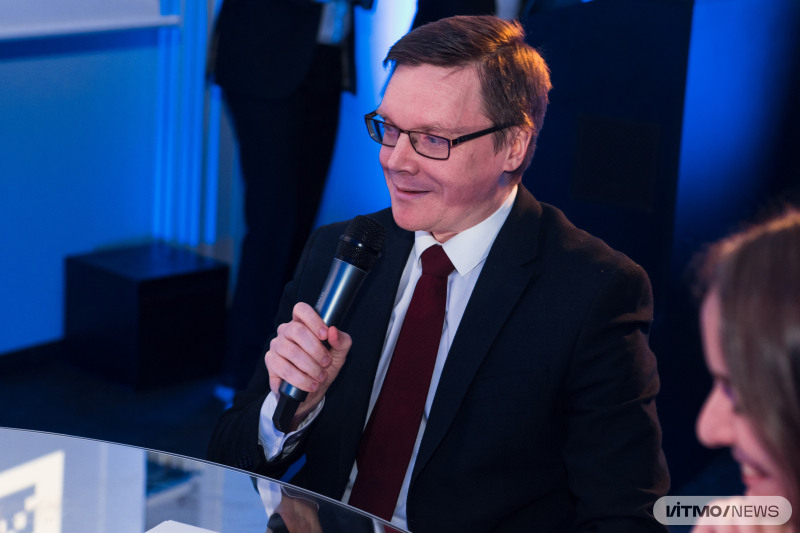
Alexei Lizunov. Photo by Dmitry Grigoryev, ITMO.NEWS
Fedor Kondrashov, a Master’s student in the program Data, Culture and Visualization, was named the best player, receiving the owl statuette symbolic to the game show.
“I love to watch What? When? Where? on TV, so when I learned that the game was coming to ITMO I immediately informed all my coworkers about it. We came as a team, somehow won the first game, and went through to the finals. Even though I was named the best player, I give all the credit to the team – it was as a team that we scored all our points,” shared Fedor Kondrashov.
One surprising element of the finals was the carpet that Mikhail Mun won at a Brain-Ring championship in Baku. It had a role to play in the game as well – the carpet was the answer to one of the game’s questions: “An Azerbaijani painter says that he could understand how pixels make up an image from early childhood. What helped him understand it?” Alexei Lizunov’s team managed to crack the question, winning the tournament, and now considers the carpet their lucky charm that brought them victory.
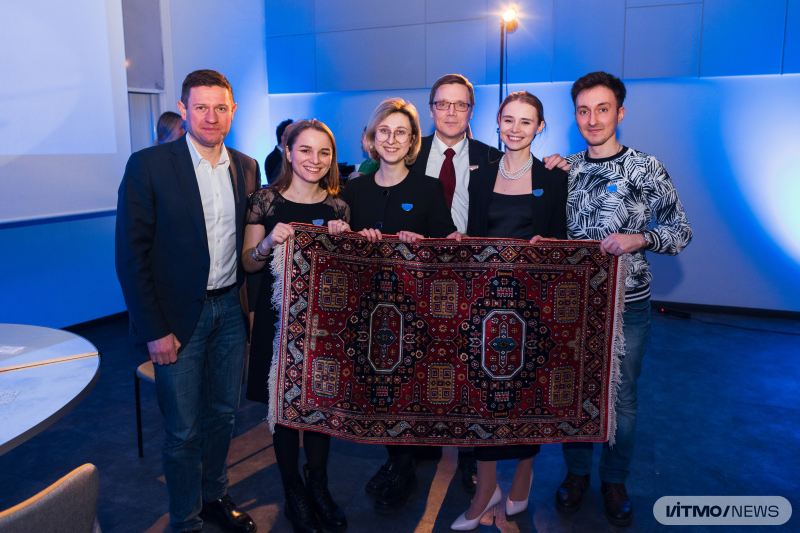
Alexei Lizunov's team with their lucky charm. Photo by Dmitry Grigoryev, ITMO.NEWS
We asked the participants to share the most interesting questions with our audience so that you, too, can join in the game. Here they are:
Question: The Spanish word marrano means pig. The Serbian marama means scarf. They come from the same word. Name another word stemming from the same root, but without a prefix.
Answer: They all come from the word haram (to forbid), and the word the players had to name was harem. All of these (pork, head coverings, and harems) are things that are related to restrictions sometimes found in Islam.
Question: Hydrogen airships that were used in WWI had suspended gondolas, from which the crew could contact the headquarters on the ground via telephone. Why did the soldiers enjoy being down in the gondola, despite a higher risk of being hit by enemy fire?
Answer: As the airships ran on hydrogen, the crew couldn’t smoke inside them. That’s why the soldiers would often come down to the gondola for a smoke.

